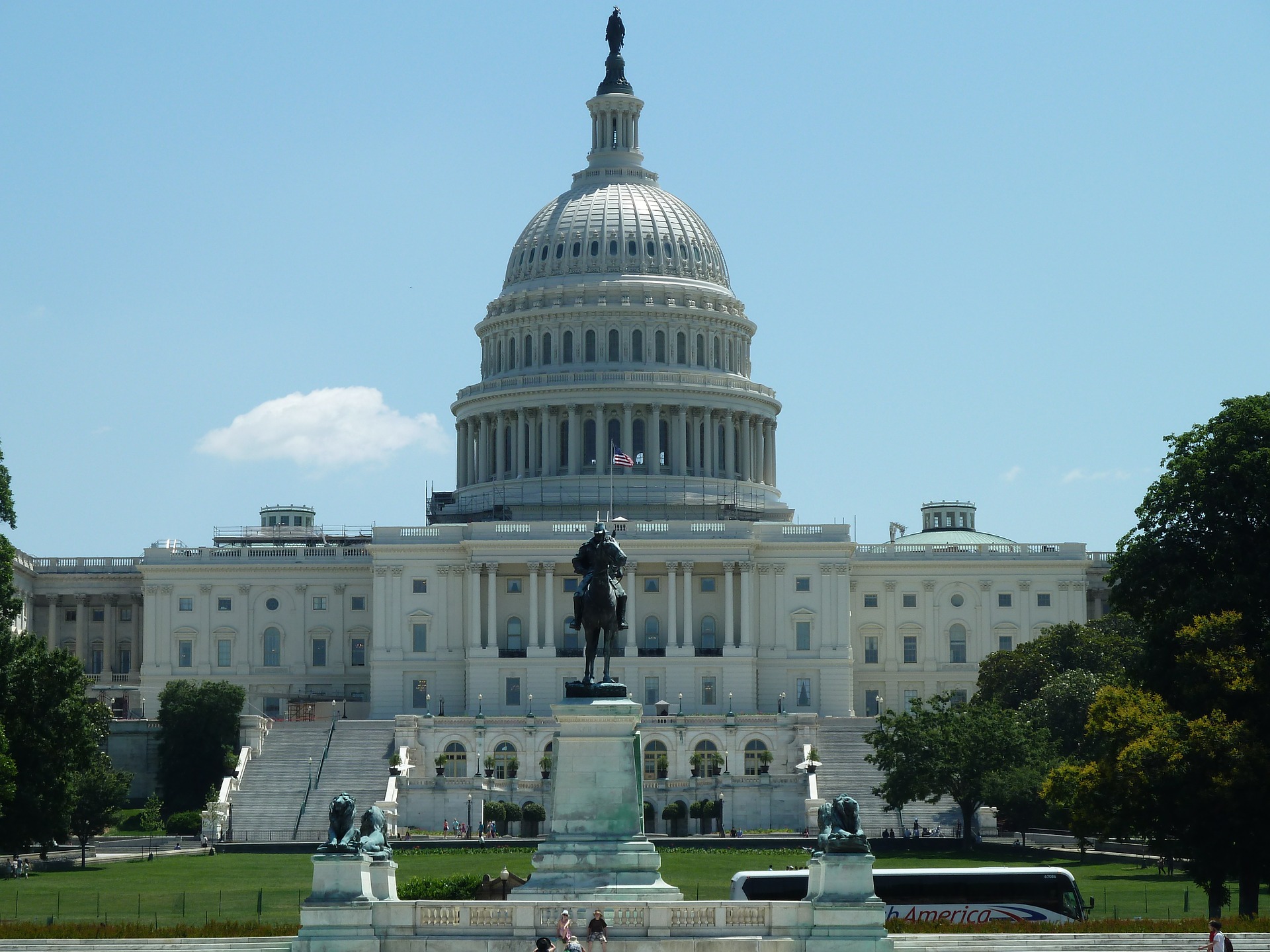Still photographer turns digital cinematographer for North American Eagle Project
Capturing images that have the power to fascinate an audience is a passion for professional photographer Paul Rees.
An experienced still photographer for globally respected advertising agencies and magazines, Rees relied on his instincts as a photographer as he transitioned to HD motion imaging to document the North American Eagle Project, a joint U.S.-Canadian initiative to challenge the world land speed record (763mph, or Mach 1.02) for rocket-powered automobiles.
Rees’ camera choice for the task was the EOS C300 digital cinema camera from Canon. Rees turned to the EOS C300 after two different digital cinema cameras malfunctioned in the extreme temperatures and dusty environment of Oregon’s Alvord Dry Lake Bed, a 12mi-long salt flat where rocket-powered cars have broken the sound barrier.
“When I am looking through a camera and capturing a definitive moment, it doesn’t really matter if it’s a still or a moving image when I press that shutter,” said Rees. “In terms of lighting, composition and visual impact, the process is very similar. "
The subject of Rees’ documentary is the brainchild of veteran engineer Ed Shadle, who has spent the past 13 years building the North American Eagle, essentially a wingless 1950’s Lockheed F-104A Starfighter jet plane on wheels. Shadle (who is also the car’s driver), his collaborators and sponsors seek to break the world land speed record, which has been held by a British team since 1999.
To document the North American Eagle Project, Rees’ first challenge was to find a digital cinema camera that was ergonomically similar to the Canon EOS 5D Mark II digital SLR camera he prefers for still photography, and that would also perform well in the harsh environment of the Alvord Desert.
"We used Canon EF 24mm-70mm standard zoom lenses and 70mm-200mm telephoto zoom lenses on the three Canon EOS C300 EF-mount cameras we had," said Rees. "I also used a Canon 100mm f/2.8 macro lens to shoot cutaways of a small lizard. Canon lenses are razor-sharp, fast and lightweight. They enable you to hand-hold the EOS C300 camera, and — incredibly — we managed to hand-hold the EOS C300 with it attached to a portable mini-gyro.”
Heat posed a major challenge for shooting in the desert. Temperatures there ranged from more than 100 degrees Fahrenheit during one of Rees’ shooting days, to 28 degrees with a chilly wind six weeks later. Canon's proprietary cooling design for the Super 35mm CMOS Imaging Sensor in the EOS C300 camera features a sealed duct system that is isolated from other internal parts of the camera. This prevents incoming air from spreading dust or foreign matter through the interior of the camera body, a serious concern when shooting in the dusty environs of Alvord Dry Lake Bed. The design also includes a quiet fan to avoid problems during in-camera audio recording.
Camped out in the high desert where temperatures can plummet after sundown, the crew built a bonfire one night that provided Rees with the opportunity to document the camaraderie of the North American Eagle Project’s team members. Rees credits what he calls the “incredible” low-light imaging capabilities of the EOS C300 digital cinema camera with his success in capturing this defining scene.
The proprietary Canon Super 35mm CMOS Sensor in the EOS C300 camera is engineered to deliver full 1920 x 1080 HD images. Combined with its Canon DIGIC DV III Image Processor and a 50Mb/s 4:2:2 MPEG-2 codec, the EOS C300 camera provides a selectable ISO range up to 20,000.
Get the TV Tech Newsletter
The professional video industry's #1 source for news, trends and product and tech information. Sign up below.
